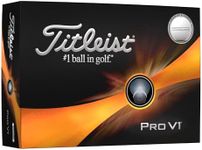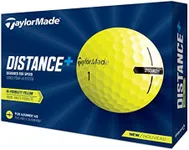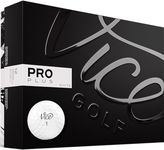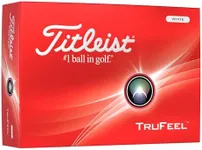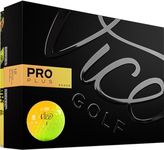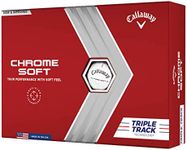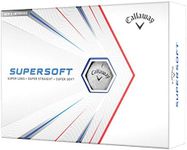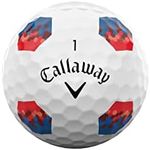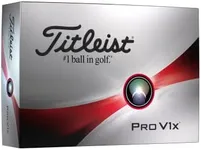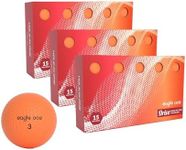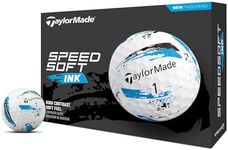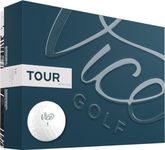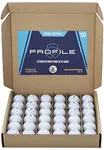Buying Guide for the Best Golf Balls Best
Choosing the right golf ball can significantly impact your game, whether you're a beginner or a seasoned player. The right ball can help you achieve better distance, control, and feel, which are crucial for improving your performance on the course. To make an informed decision, it's important to understand the key specifications of golf balls and how they align with your playing style and needs.CompressionCompression refers to how much the golf ball deforms upon impact with the club. It is important because it affects the ball's distance and feel. Low compression balls (below 70) are softer and compress more easily, making them ideal for players with slower swing speeds as they can achieve more distance. Medium compression balls (70-90) offer a balance of distance and control, suitable for average swing speeds. High compression balls (above 90) are firmer and are best for players with faster swing speeds, providing more control and less deformation. Choose a compression level that matches your swing speed to optimize performance.
Cover MaterialThe cover material of a golf ball affects its durability, feel, and spin. There are two main types: Surlyn and Urethane. Surlyn covers are more durable and provide less spin, making them suitable for beginners and those looking for more distance. Urethane covers offer a softer feel and more spin, which is beneficial for advanced players who need better control around the greens. Consider your skill level and what you prioritize in your game when choosing the cover material.
DimplesDimples on a golf ball are designed to reduce air resistance and help the ball fly farther and more accurately. The number and pattern of dimples can affect the ball's trajectory and stability. Balls with fewer dimples (300-400) tend to have a higher trajectory, while those with more dimples (400-500) offer a lower, more penetrating flight. If you struggle with getting the ball airborne, opt for a ball with fewer dimples. Conversely, if you need a more controlled flight, choose one with more dimples.
Spin RateSpin rate is the amount of spin a golf ball generates when hit. It is crucial for controlling the ball's flight and behavior on the greens. Low spin balls reduce side spin, helping to minimize slices and hooks, making them ideal for beginners and high-handicap players. Mid spin balls offer a balance of distance and control, suitable for intermediate players. High spin balls provide maximum control and stopping power on the greens, which is beneficial for advanced players who can handle the increased spin. Select a spin rate that complements your skill level and playing style.
FeelThe feel of a golf ball refers to the sensation you get when you hit it. It is influenced by the ball's construction and materials. Soft feel balls provide a more cushioned impact and are preferred by players who prioritize touch and control, especially around the greens. Firm feel balls offer a more solid impact and are favored by players who seek more distance and a more pronounced feedback. Consider what aspect of your game you want to enhance when choosing the feel of your golf ball.
